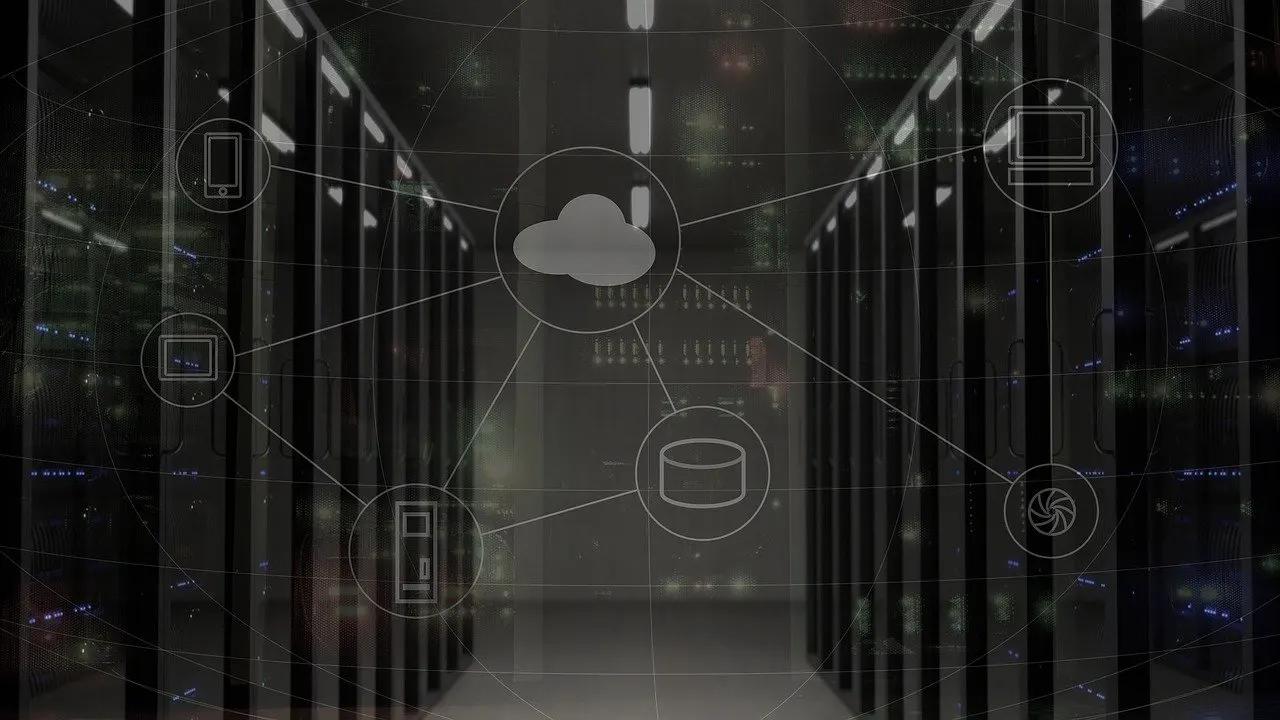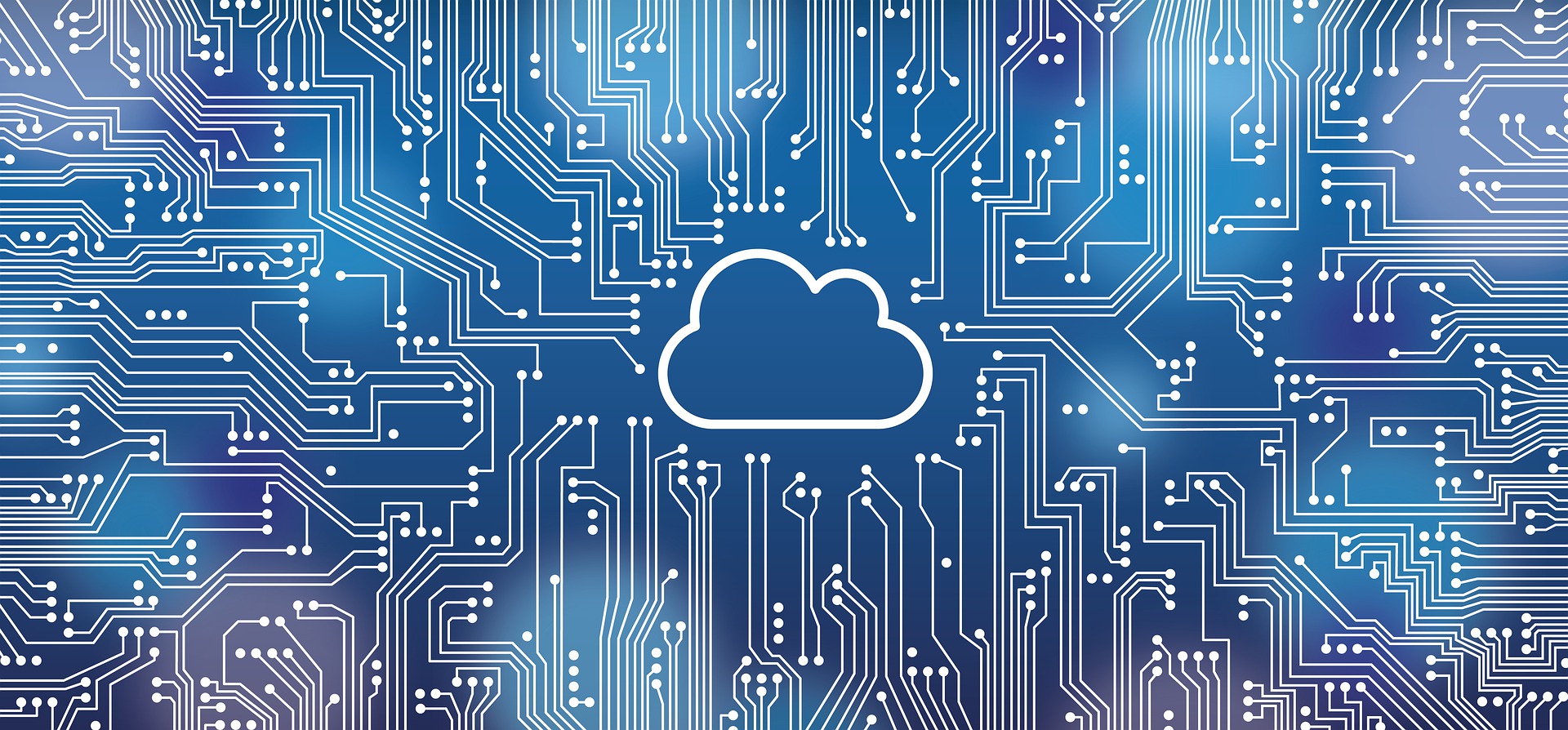As a small to medium-sized business owner, the thought of your business being hacked can be a nightmare. The reality is that cyberattacks are a constant threat in today’s interconnected world. If your business has been targeted, it’s crucial to respond quickly and effectively. In this article, we will outline the steps you need to take to minimize the impact of a cyberattack on your business. From understanding the legal and financial implications to implementing communication strategies, we’ll empower you with the knowledge and tools to handle this challenging situation with confidence and professionalism.
How Often Do Businesses Get Hacked?
Businesses are increasingly becoming targets for cyber attacks, with hacking incidents occurring more frequently than ever before. According to recent studies, the frequency of business hacks is on the rise, with a significant number of organizations experiencing at least one cyber attack each year. The exact number varies depending on the size and industry of the business, but no company is immune to the threat. Small to medium-sized businesses are particularly vulnerable, as they often lack the robust security measures and resources of larger corporations. Businesses must recognize the prevalence of hacking incidents and take proactive steps to protect their systems and data from potential breaches.
What to Do If Your Business Got Hacked
If your business has been hacked, it’s important to take immediate action to mitigate the damage and protect your business’s interests. Here are the step-by-step actions you should take:
- Assess the situation: Determine the extent of the breach by identifying the affected systems, networks, and data. This will help you understand the scope of the attack and prioritize your response efforts.
- Contain the breach: Isolate the compromised systems to prevent further unauthorized access. Disconnect affected devices from the network and disable compromised user accounts to limit the attacker’s reach.
- Secure your systems: Strengthen your cybersecurity defenses by patching vulnerabilities, updating software, and enhancing access controls. Change passwords for all accounts and enable multi-factor authentication to add an extra layer of security.
- Preserve evidence: Document all relevant information about the attack, including timestamps, IP addresses, and any suspicious activities. This evidence may be crucial for legal and investigative purposes.
- Notify authorities: Report the incident to the appropriate law enforcement agencies, such as your local police department or the FBI’s Internet Crime Complaint Center (IC3). Provide them with the necessary details and cooperate fully with their investigation.
- Inform affected parties: Notify your customers, employees, and other stakeholders about the breach. Be transparent and provide clear information about the incident, the potential impact on their data, and the steps you are taking to address the situation.
- Engage cybersecurity experts: Seek assistance from cybersecurity professionals who can help you investigate the breach, identify vulnerabilities, and implement stronger security measures to prevent future attacks.
- Review and update security protocols: Conduct a thorough review of your existing security policies and procedures. Identify any gaps or weaknesses and update them accordingly to enhance your overall cybersecurity posture.
- Monitor for further attacks: Stay vigilant and monitor your systems for any signs of additional unauthorized access or suspicious activities. Implement real-time threat monitoring and incident response mechanisms to detect and respond to future attacks promptly.
- Learn from the incident: Conduct a post-incident analysis to understand how the breach occurred and identify areas for improvement. Use this knowledge to enhance your cybersecurity practices and educate your employees about the importance of cybersecurity hygiene.
Remember, the key to effectively responding to a hack is to act swiftly, involve the right experts, and prioritize the security of your systems and data.
How to Prevent Your Business From Getting Hacked
Implement Strong Website Security Measures
Protecting your website is crucial in preventing cyberattacks and data breaches. Here are some key measures to consider:
- Regularly update and patch your website: Keep your website’s software, plugins, and themes up to date to address any known vulnerabilities that hackers could exploit.
- Use strong passwords: Ensure that all user accounts, including administrative accounts, have strong, unique passwords. Consider implementing a password policy that enforces complexity and regular password changes.
- Enable HTTPS encryption: Secure your website with HTTPS to encrypt data transmitted between your website and users, preventing unauthorized access to personal information.
Educate Employees on Cybersecurity Best Practices
Your employees play a crucial role in maintaining the security of your business. Educate them on the following best practices:
- Recognize and avoid phishing attempts: Train employees to identify suspicious emails, links, and attachments that may contain malware or attempt to steal sensitive information.
- Practice safe browsing habits: Encourage employees to only visit trusted websites and avoid clicking on suspicious ads or pop-ups that could lead to malware infections.
- Implement strong password practices: Emphasize the importance of using unique, complex passwords for all accounts and discourage password sharing.
Utilize Robust Network Security Measures
Protecting your network is essential in preventing unauthorized access and data breaches. Consider the following measures:
- Install and update firewalls: Use firewalls to monitor and control incoming and outgoing network traffic, blocking unauthorized access attempts.
- Implement intrusion detection and prevention systems: These systems can detect and block suspicious activities or attempts to exploit vulnerabilities in your network.
- Use encryption for sensitive data: Encrypt sensitive data both during transmission and storage to ensure that even if it is intercepted, it remains unreadable and unusable to unauthorized individuals.
By implementing these preventive measures, you can significantly reduce the risk of your business falling victim to a data breach, cyberattack, and other security threats. Regularly review and update your security practices to stay ahead of evolving threats in the digital landscape.
How Do You Know If Your Business Has Been Hacked?
Detecting a hack on your business can be challenging, as cybercriminals often strive to remain undetected. However, several signs can indicate a potential breach. First, if you notice unusual or unauthorized activities on your systems, such as new user accounts, modified files, or unexpected network traffic, it could be a red flag.
Additionally, if your website experiences unexplained downtime, slow performance, or defacement, it may indicate a compromise. Another indicator is receiving reports from customers or partners about suspicious emails, phishing attempts, or unauthorized access to their personal information linked to your business. Unusual financial transactions, such as unauthorized withdrawals or unfamiliar charges, can also be a sign of a breach.
Finally, if your antivirus or security software alerts you to malware infections or if your employees receive unusual requests for sensitive information, it’s essential to investigate further. Regular monitoring, network security measures, and employee awareness training can help you identify potential hacks early and take prompt action to mitigate the damage.
Understanding the Legal and Financial Implications
Understanding the legal and financial implications of a business hack is crucial for effectively managing the aftermath of a cyber attack. From a legal standpoint, businesses must comply with data protection laws and regulations, ensuring that they handle customer and employee data securely. Failure to do so can result in legal consequences, including fines and lawsuits. Financially, a hack can lead to significant financial losses, including costs associated with incident response, data recovery, legal fees, and potential damage to the business’s reputation. Businesses need to assess the potential legal and financial impact of a hack, take appropriate measures to mitigate the consequences, and consider obtaining cyber insurance to help cover the financial risks associated with a breach.
Conclusion
In conclusion, the threat of business hacks is a harsh reality in today’s digital landscape. However, by being proactive and prepared, small to medium-sized business owners can effectively respond to and mitigate the damage caused by cyber attacks. By following the immediate response measures, understanding the legal and financial implications, and implementing strategies for communication with customers and stakeholders, businesses can navigate the aftermath of a hack with confidence and professionalism. Remember, cybersecurity should be a top priority for all businesses, and investing in preventive measures and employee education is crucial to safeguarding your business from potential breaches. Stay vigilant, stay informed, and take the necessary steps to protect your business from the ever-present threat of cyber attacks.
Final Thoughts
Fortify your business’s security with Buzz Cybersecurity, the foremost provider of comprehensive cyber defense services. Our wide range of solutions, encompassing cutting-edge managed IT services, advanced cloud solutions, and resilient ransomware protection, is meticulously tailored to meet the specific demands of businesses. With our unwavering dedication to excellence, we offer an impervious barrier against the ever-changing cyber threat landscape. Join the esteemed community of businesses in California and neighboring states that entrust their security to Buzz Cybersecurity for unparalleled peace of mind. Let our renowned industry experts safeguard your organization from the constant hazards of cyber threats.
Sources
- https://www.strongdm.com/blog/small-business-cyber-security-statistics
- https://www.ftc.gov/business-guidance/resources/data-breach-response-guide-business
- https://www.linkedin.com/pulse/understanding-financial-reputational-legal-costs-cyber-voskou-xqsue
Photo by Clint Patterson on Unsplash









